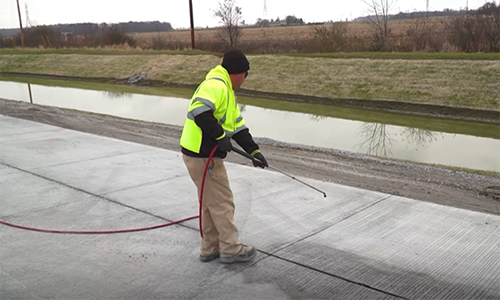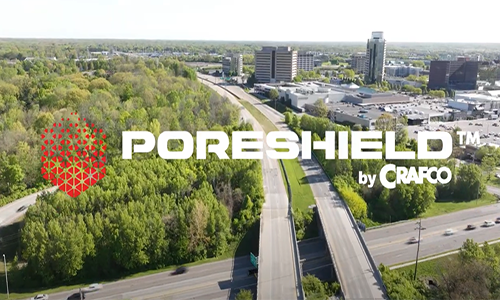By Keith Pugh, Contributing Author
In February, I testified at a House Committee on Natural Resources hearing on proposed legislation to change the National Environmental Policy Act (NEPA). The 54-year-old statute was designed to determine environmental impacts of federal infrastructure projects. Unfortunately, Congress has made this a partisan issue.
Updating NEPA is more important that party politics. NEPA protects the environment while streamlining the process of building new infrastructure; infrastructure that will ensure citizens receive clean drinking water and that highways are built with safety in mind.
The American Public Works Association (APWA) is a nonprofit association representing more than 30,000 members and public works professionals throughout North America. They are dedicated to providing sustainable public works infrastructure and services to all people in rural and urban communities.
Working in the public interest, our members plan, design, build, operate and maintain transportation, water supply and wastewater treatment systems, stormwater management, drainage and flood control infrastructure, waste and refuse disposal systems, public buildings and grounds, emergency planning and response, and other structures and facilities essential to the economy and quality of life nationwide.
NEPA is important to public works professionals and serves as the regulatory framework for protecting America’s environment while allowing vital infrastructure projects to be undertaken. Like any policy that has been in place for five decades, NEPA should be periodically updated to address current societal needs and to ensure efficiency in its processes.
NEPA assessments take too long and cost too much taxpayer dollars.
The White House Council on Environmental Quality says the average length of a final environmental impact statement (EIS) for federal highway projects was 645 pages and the average time to conduct NEPA reviews was 7.3 years.
I am working on a greenway project now for which the NEPA process has already added approximately 18 months to our timeline and tens-of-thousands-of-dollars to the cost. And, with inflation reducing the value of our project dollars, every day of delay adds to our overall project cost.
While the federal government does appropriate funds for projects like roads, bridges, drinking water, wastewater, emergency management, sanitation, and cybersecurity, some communities don’t apply for federal funds due to the onerous nature of permitting requirements, including NEPA.
Some communities that cannot access other financing sources rely on federal funding and end up spending a large portion of the project dollars on permitting requirements rather than on infrastructure improvement. In the worst cases, these communities defer maintenance until infrastructure fails.
Public works professionals are doing what is best for their communities despite an array of challenges, and APWA places a high priority on respecting and enhancing local control for infrastructure projects. It is important that local governments have a seat at the table and are fully engaged in the permitting process since they know their communities best.
We strongly encourage the federal government and industry to coordinate with state and local governments on infrastructure projects.
APWA supports continuing efforts to streamline the regulatory process related to infrastructure projects and has been vocal in that support during administrations of both parties. APWA also has been supportive of streamlining efforts undertaken in the Fixing America’s Surface Transportation Act (FAST) and “One Federal Decision,” when it was proposed by the Trump administration and codified in the Infrastructure Investment and Jobs Act (IIJA).
These actions have provided a more predictable, transparent, and timely federal review and authorization process for delivering major infrastructure projects, and they create accountability for applicants and the agencies responsible for reviewing. However, work remains to be done to build on these efforts.
APWA supports the following provisions in the proposed BUILDER Act:
Establishing a lead federal agency to develop a joint review schedule and preparation of a single environmental document and joint record of decision for projects that require multi-agency reviews;
Establishing time limits of two years for completion of Environmental Impact Statements and one year for environmental assessments;
Establishing a 300-page limit for EIS of “extraordinary complexity” and a 75-page limit for each environmental assessments;
Extending the completion period with the approval of the applicant when necessary to allow for further consultation with local agencies;
Bringing the statute of limitations for NEPA cases in line with other environmental statutes (120 days);
Reducing duplicative reporting by allowing adherence to state or even local standards often equally or more stringent than federal rules to be used as evidence of compliance with federal standards;
Examining a reasonable number of alternatives for projects that are technically and economically feasible, including, if considered, an analysis of any negative environmental impacts of a no action alternative; and
Clarifying that the environmental review process should consider any proposed action within the context of past, present, and “reasonably foreseeable” effects. R&B
Keith Pugh is the president of the American Public Works Association.












